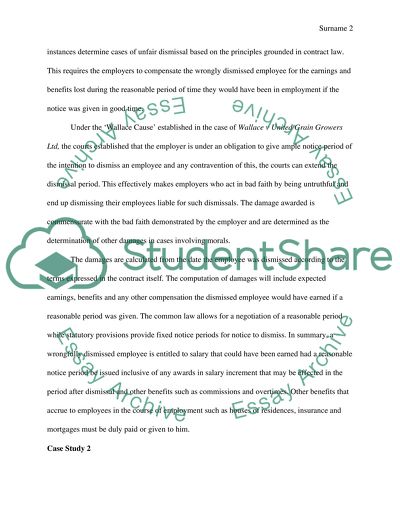Cite this document
(“Employment law Essay Example | Topics and Well Written Essays - 1500 words”, n.d.)
Employment law Essay Example | Topics and Well Written Essays - 1500 words. Retrieved from https://studentshare.org/law/1474845-employment-law
Employment law Essay Example | Topics and Well Written Essays - 1500 words. Retrieved from https://studentshare.org/law/1474845-employment-law
(Employment Law Essay Example | Topics and Well Written Essays - 1500 Words)
Employment Law Essay Example | Topics and Well Written Essays - 1500 Words. https://studentshare.org/law/1474845-employment-law.
Employment Law Essay Example | Topics and Well Written Essays - 1500 Words. https://studentshare.org/law/1474845-employment-law.
“Employment Law Essay Example | Topics and Well Written Essays - 1500 Words”, n.d. https://studentshare.org/law/1474845-employment-law.


